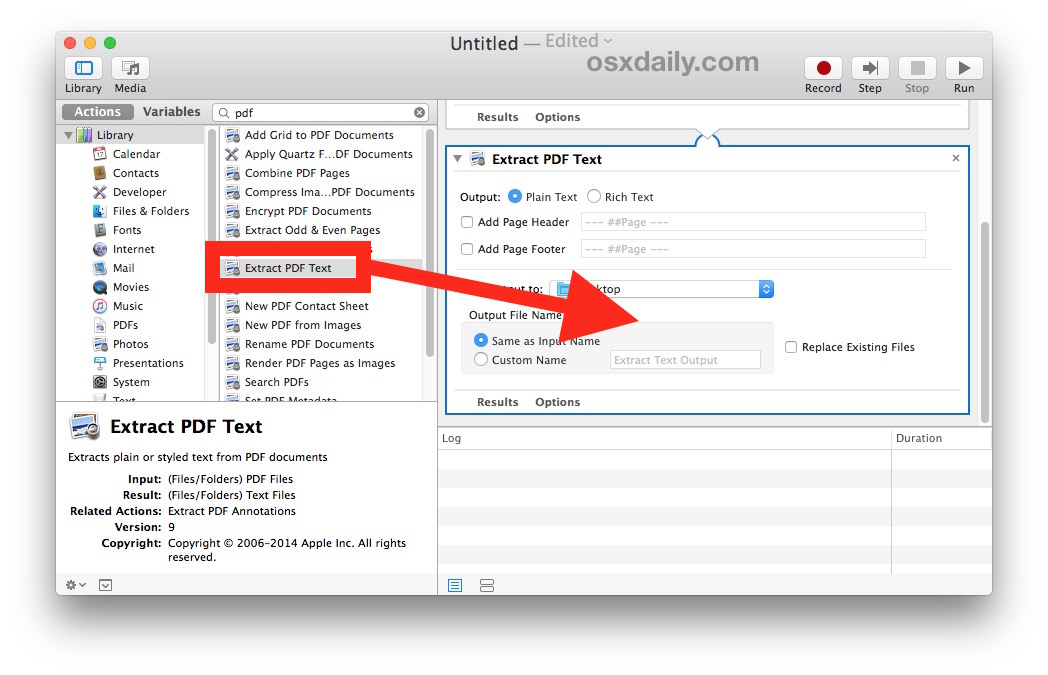- How To Find Words On A Page
- Word On A Mac
- How To Search A Text For A Word On A Mac
- Word Search On A Mac
I'd like to find all files that contain a certain string of text. How would you do that in the Terminal?
ChealionSure, you can probably just perform a web search for “search and replace text” and you’ll find a dedicated website with a few easy ones you can use. But you don’t necessarily want to paste potentially sensitive text into a random website.
SvishSvish5 Answers
Ignacio Vazquez-AbramsIgnacio Vazquez-Abrams- Through Ack
brew install ack ack 'text goes here'

- Through find
find . |grep 'text goes here'
- Through grep
grep -RnslI 'text goes here'
You can choose one of the below depending on your taste and needs. Supposing you need to search for files containing text - 'async', recursively in current directory, you can do so in one of the ways like below:
Using grep
Using ack
Ignacio's Answer is great and helped me find the files containing certain text. The only issue I was facing was that when running this command all the files would be listed, including one where the pattern did not show up.
How To Find Words On A Page
No such file or directory This is what I see alongside files that do not contain the pattern.
If instead you add -s to the command, as in:grep -lr 'text pattern' ./ -s ; grep -lr 'text pattern' [PATH DIRECTORY] -s is used, it will only show you which files contain the pattern.
Similarly if grep -nr 'text pattern' ./ -s ; grep -nr 'text pattern' [PATH OF DIRECTORY] -s command is used it prints the file plus the line number, and occurrence of the pattern.
Please correct me if my understanding is wrong.
Not the answer you're looking for? Browse other questions tagged macosmacunixterminalsearch or ask your own question.
Since the release of iOS 7, Safari for the iPhone, iPod touch and iPad has ditched its dedicated search field in favor of a unified URL/search bar at the top, not unlike Google’s Chrome. But did you know that this field also lets you easily find all occurrences of a specific word or a phrase within any webpage?
Word On A Mac
I use this feature on a daily basis to jump to specific pieces of information within long articles without having to read them in their entirety.
In this post, I’ll show you how searching inside webpages works in Safari for iOS.
How to search text in Safari for iOS
Step 1: Launch Safari on your iOS device.
Step 2: Navigate to a webpage.
Step 3: Tap Safari’s address field at the top and enter the word or phrase to search for within the current webpage. Don’t press Enter on the keyboard.
Step 4: In the pop-up menu below the search field, scroll down and tap the Find field right below the On This Page heading. Safari will highlight the first occurrence of the word or phrase, as shown on the screenshot.
Tap the down button to find other instances.
You can also find a specific word or phrase on the current page, by choosing the Find on Page option in Safari’s Share menu.
A search field pops up.
Now enter the word or phrase and Safari will automatically highlight the first occurrence in yellow. Tap the down button to find other instances.
How To Search A Text For A Word On A Mac
Tip: If you’re going to be using this option frequently, it might be a good idea to position it as one of the first options you see in the Share menu. Just choose the More icon in the Share menu and drag the Find on Page option to the top of the list.
Word Search On A Mac
You can also rearrange Share menu icons by tapping and holding an icon, and then dragging it to a new position within the menu.
Did you like this trick? If so, check out our Safari how-to archive.
Please pass this article to your friends and share it on social media. You can submit ideas of your own for future tutorial coverage at tips@iDownloadBlog.com.